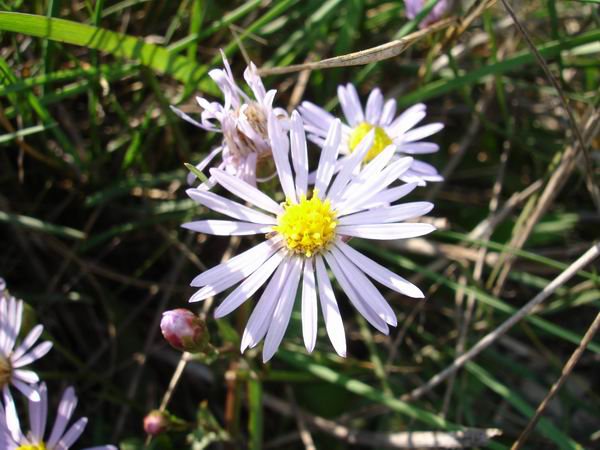
Within the framework of the GINOP program, the aim of the herbaceous perennial working group is to study the drought and salinity tolerance of native plant species of ornamental horticultural significance. In the process, we started to deal with 7 perspective species found in Hungary. From these, we selected three (saline asters, meadow periwinkle, Hungarian salt flower), which are analyzed in detail. At the beginning of our research, we visited several habitats and collected seeds that were tested for drought tolerance for asters. During the germination tests with seeds, we found that these species are light-germinating, undemanding from the point of view of germination medium, and in the case of perennial we found a poor germination rate (it is advisable to propagate this plant from shoots). During the selection, we try to select varieties that have a dwarf growth and a short inflorescence stem, in line with the XXI. century customer needs. Salt and drought stress studies of selected plants are currently underway. These experiments are not only monitored by measuring the development of the specimens, but also the degree of resistance is confirmed by a series of laboratory tests (measurement of water capacity, determination of proline content). The aim of the chemical treatment applied to the salt flower is to increase the number of chromosomes, which may be accompanied by an increase in the ornamental value (full-flowered variety candidate). By the end of the application period, we will have three ornamental variety candidates whose knowledge of cultivation technology and environmental needs (high drought and salt stress tolerance) are available. These economically sustainable plants, which can withstand extreme conditions, are expected to be in demand on the green surfaces of countries in the world affected by secondary salinization.
Törökszentmiklósi Mezőgazdasági Zrt.
